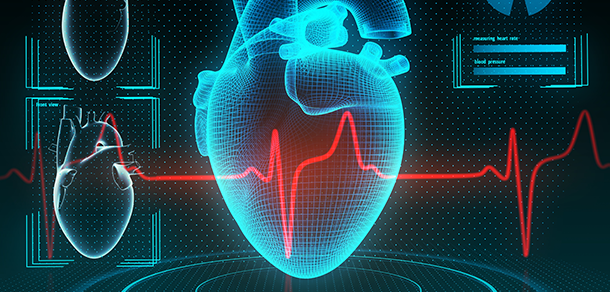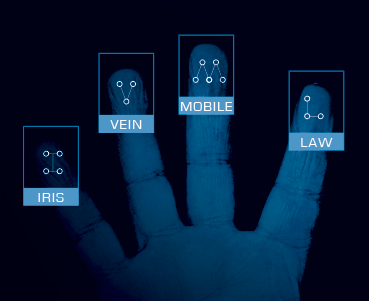U.S. Military explores biometric cardiac signatures
16 June, 2020
category: Biometrics, Government
Biometric authentication in recent years has moved well beyond fingerprints, with projects involving faces, irises and even biometric cardiac signatures picking up steam. That’s right, a person’s heart might provide authorities with a precise way to figure out who people are, and do it from a distance.
The fact that everyone has a “unique cardiac signature” could help U.S. Special Forces identify people — say, terrorists — from a significant distance.
The U.S. Defense Department reportedly is exploring that possibility — and doing so at a time when mobile biometric authentication is earning a higher profile within the U.S. military. According to the MIT Technology Review, the fact that everyone has a “unique cardiac signature” could help U.S. Special Forces identify people — say, terrorists — from a significant distance.
Unique biometric cardiac signatures
“A new device, developed for the Pentagon after US Special Forces requested it, can identify people without seeing their face: instead it detects their unique cardiac signature with an infrared laser,” the article reports. “While it works at 200 meters (219 yards), longer distances could be possible with a better laser.”
The interest in biometric cardiac signatures for authentication comes as the military continues to explore what the Technology Review called “gait analysis,” another long-distance form of identification. “But gaits, like faces, are not necessarily distinctive,” according to the report. “An individual’s cardiac signature is unique, though, and unlike faces or gait, it remains constant and cannot be altered or disguised.”
The potential use of cardiac biometric authentication goes beyond the military, according to the report. Devices worn around the wrists could enable the use of cardiac signatures instead of fingerprints for such consumer needs as securing access to financial accounts.
As research into new forms of biometric authentication continues, the U.S. Army reportedly has integrated new software to go along with its Biometric Automated Toolset, a handheld device used by soldiers to collect biometric data like iris, fingerprint and facial images in the field. The new software will result in more speed and efficiency for soldiers using the devices, and will no doubt fuel further reliance on biometric authentication systems.




